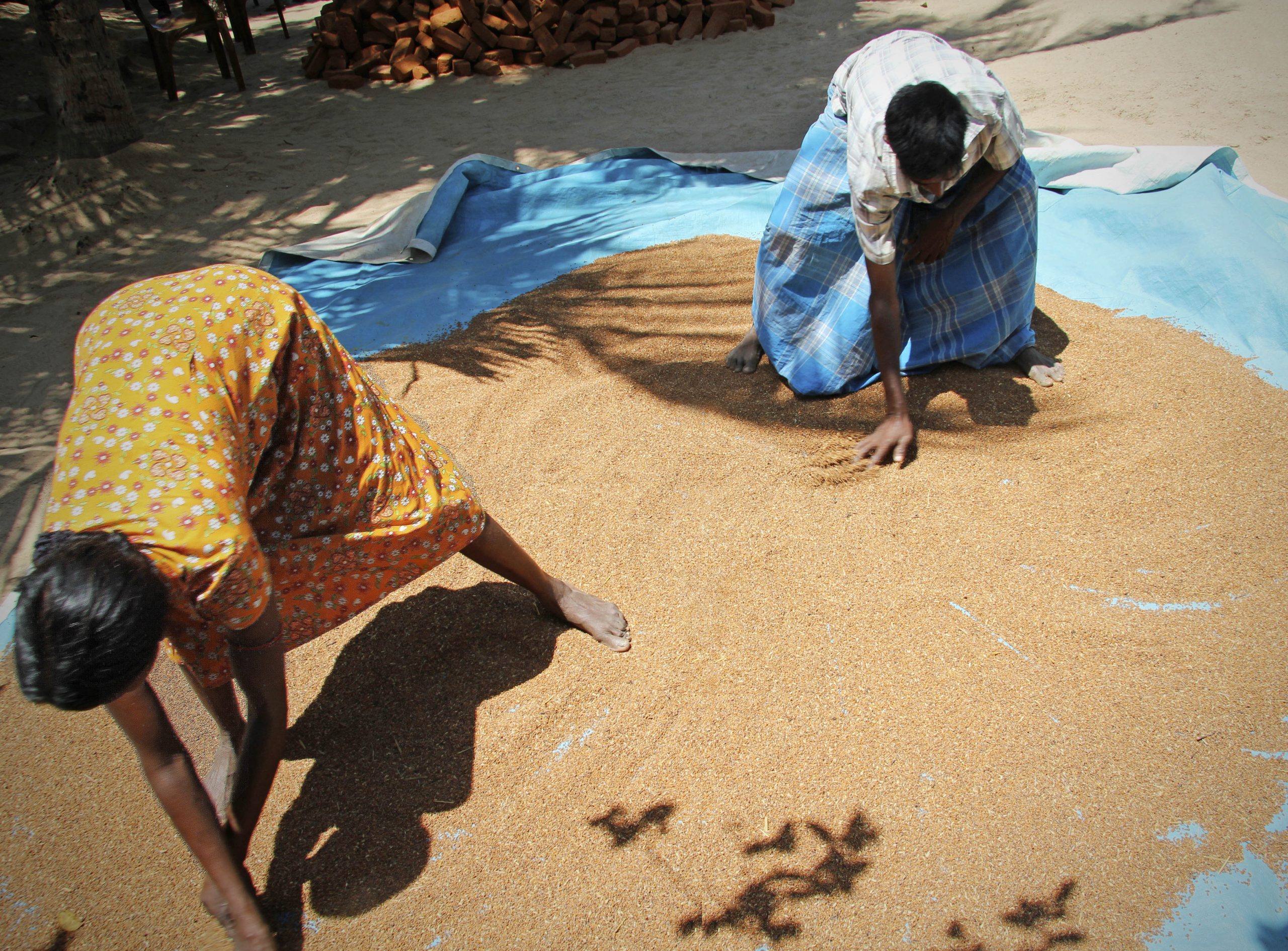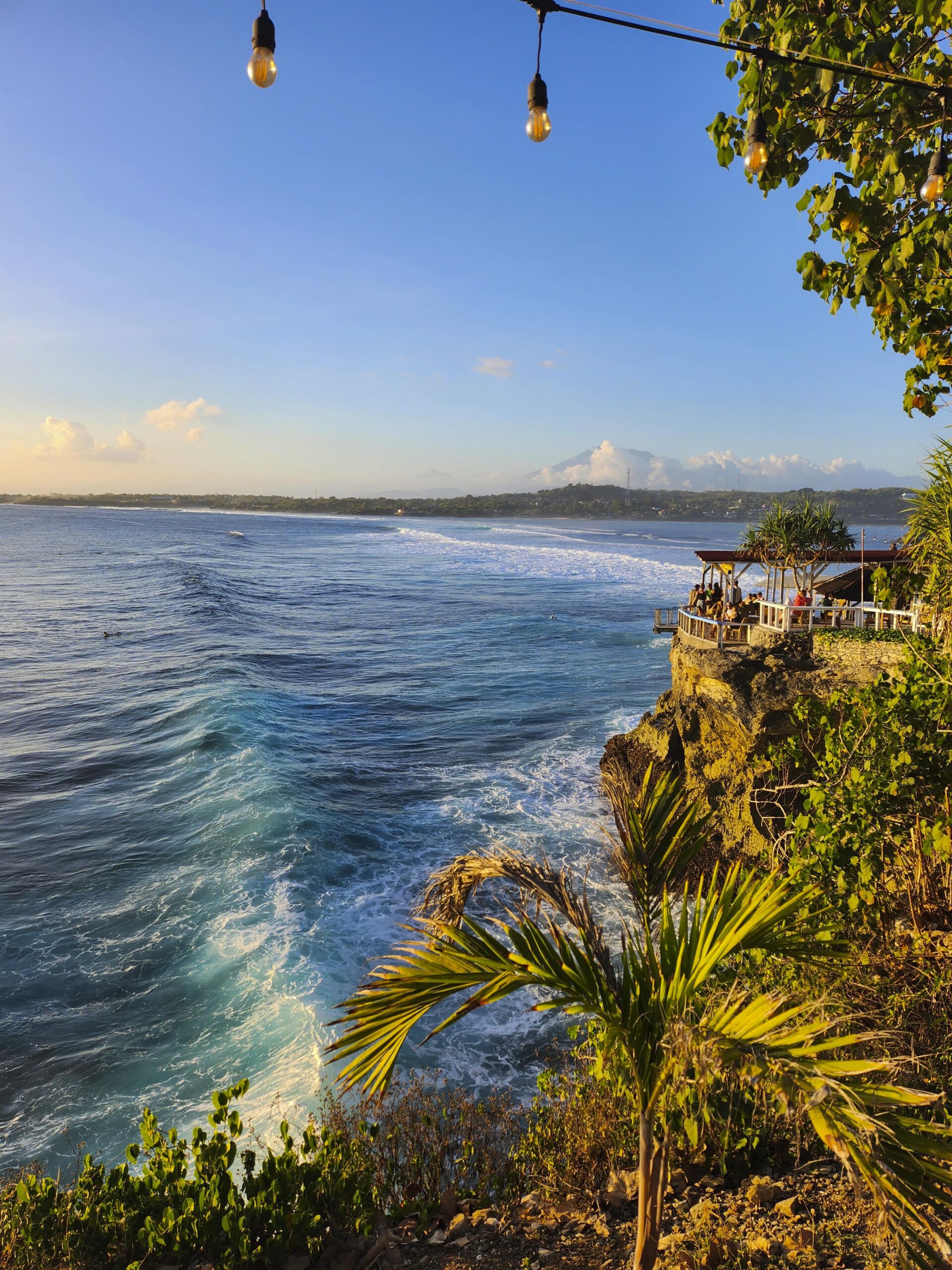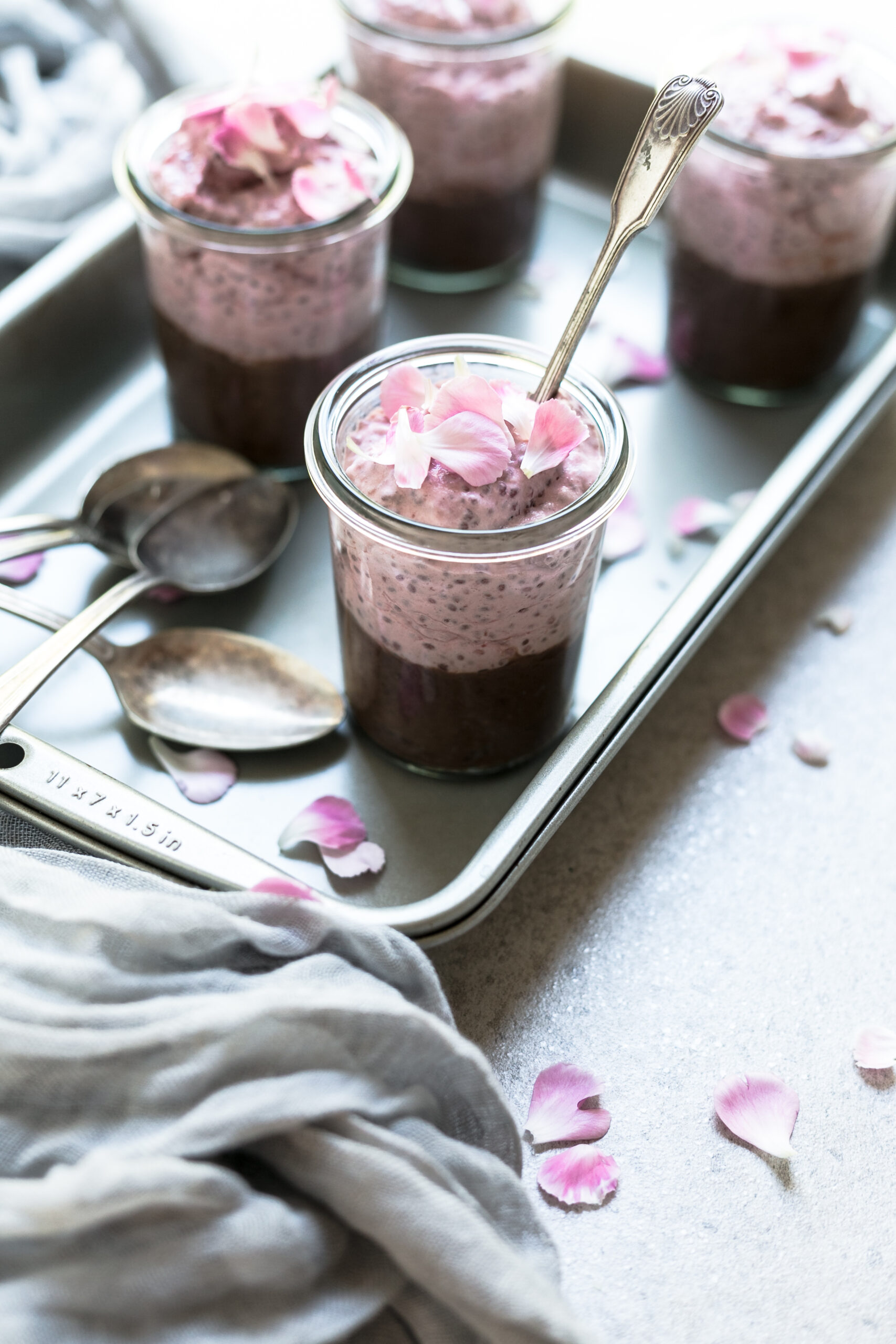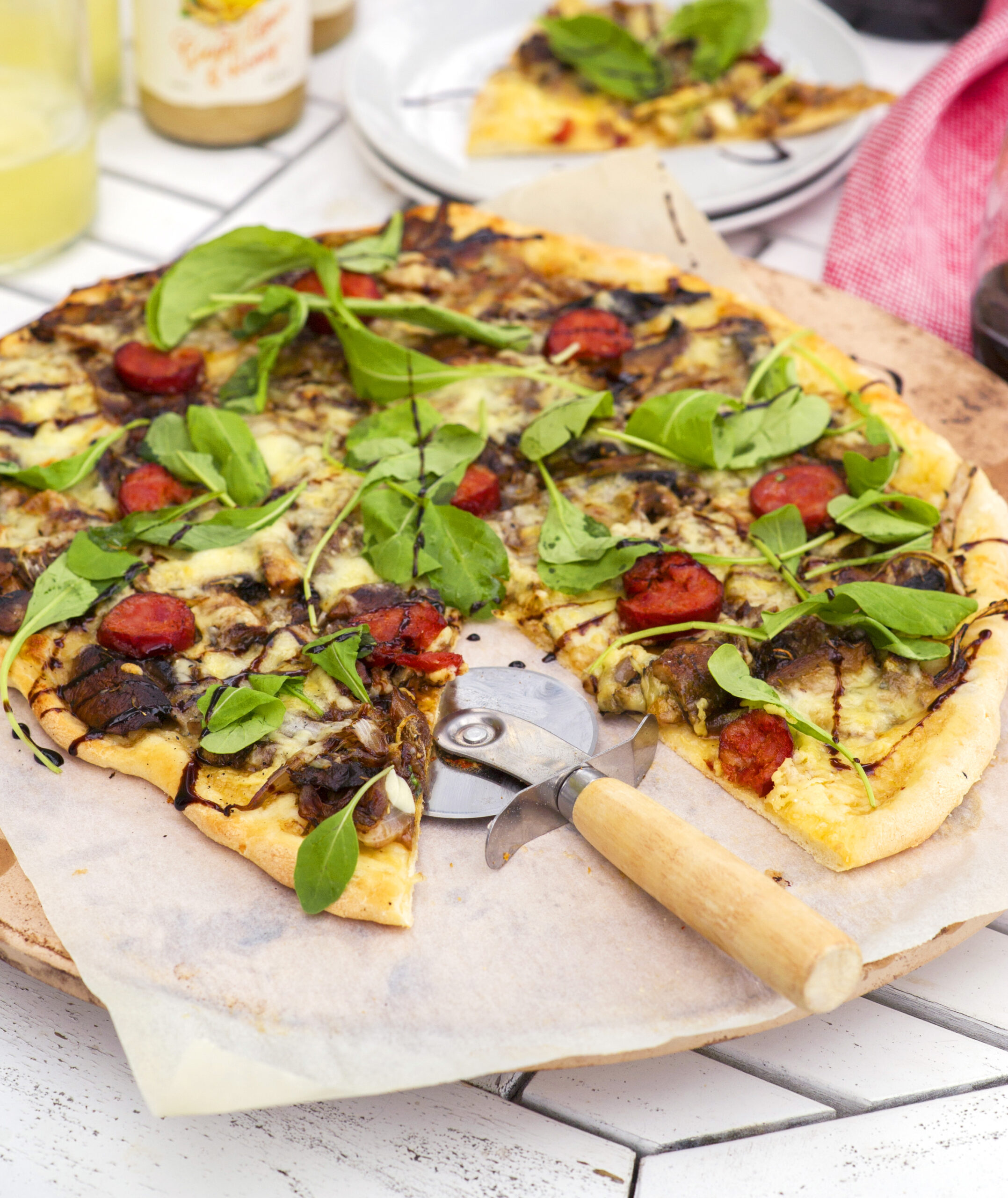Kadambari Gladding travels to east Sri Lanka to discover how communities are recovering from war and natural disaster.

Periya Pillay beams with quiet pride as she feeds her cow with manioca leaves. Over the way her small herd of goats and cows free range in the scrub beyond the village.
It’s a blazing afternoon in this remote corner of Sri Lanka’s eastern Batticaloa district. The plants cower under the strength of the sun, but 42-year-old Periya seems unfazed by the heat as she tends her all-important veggie plot. After all, this is where she found her own strength and the chance to secure her family’s survival. And from the displacement and despair of war, Periya’s success in this humble veggie patch represents a triumph of epic proportions.

Like thousands of Tamils in eastern and northern Sri Lanka, Periya knows all too well the devastating effects of war. Offering me a manioca tuber to taste, we chat in Tamil about her experiences.
Winding the clock back a few years reveals a very different scene in this same location.
The year was 2006, and the pro-independence Liberation Tigers of Tamil Eelam (LTTE) controlled remote parts of the Batticaloa district. In this flat and unobstructed landscape, there was no mistaking the sound that cut through the humid, late evening air no more than a few kilometres from Periya’s home. The thunder of gunfire signalled that the Sri Lankan army had directed its offensive attacks nearby.
In the weeks that followed, government forces struggled to regain control over these parts, and the fighting moved ever closer to the homes of Periya and the other villagers. Finally, gathering together their five young children and all she could carry, Periya and her ill husband made the day-long trek to an Internally Displaced Persons’ Camp (IDP). In the ensuing chaos, as thousands of people fled their villages, Periya and her husband were separated in the crowd.
Already weak with a heart condition, it took Periya’s husband three desperate days to locate her and the children at the IDP camp amongst the thousands of other Tamils seeking refuge from the violence engulfing their traditional homelands of the north and east.

Having swapped their comfortable, lagoon-side homes for stark white rows of tents, families such as Periya’s languished in IDP limbo during the final years of the war. After staying in the camp for about one and a half years, Periya was finally allowed to resettle on her land in early 2008.
The north of the country remained under LTTE control where the government was still battling the pro-independence fighters. Large swathes of land with unexploded landmines were still in the slow process of being cleared. And in the east, where Periya’s home once stood in a picturesque grove, there lay a pile of debris. The neighbourhood was desolated and many of the trees were charred from shelling.
Meanwhile, Periya’s children were undernourished and her husband was now chronically ill and unable to undertake any strenuous work. Sustained by basic government handouts of dry rations and 500 Sri Lankan rupees a fortnight (about NZ$5), Periya restarted her life in what remained of the village.

In 2010, a year after the war ended, Periya took up a livelihood microloan of 20,000 Sri Lankan rupees (NZ$186) which was made available to her through the ChildFund New Zealand charity. The loans are given to families with two or more children, where women are the key breadwinners.
Periya used the loan to transform her arid land into a verdant backyard plot – land which now produces bananas, beans, manioca, brinjal and plenty more vegetables during the wet season. The addition of cows, goats and hens means the family can now sell surplus milk and veggies at the local markets, and the profits from Periya’s small farm operation are used to educate her children and feed her family.
Things are going better than expected. Periya has repaid her 20,000-rupee loan and is on the way to taking out another so she can expand her operation. Looking at her garden today, I see vegetables for food and profit for the family. Cows are enjoying the harvested plants, and Periya’s goats have plenty to nibble on as well. “It’s hard to imagine there was almost nothing on this land when we resettled,” she says.

“We never thought we’d have to run away like that because of the war … and we never expected to come back to that emptiness and rubble.” As we chat under a laden coconut tree, it’s inspiring to think that this wellspring of fertility and new hope was underpinned by generosity from Down Under.
Every Sri Lankan family I know has their own story of war. For 30 years the violent struggle for Tamil independence led by the LTTE has tainted civilians’ life with uncertainty. Tamils form about 18 percent of Sri Lanka’s population and have struggled to have their voice heard and concerns represented since British colonial rule ended in 1948.


Decades of festering discrimination and growing Sinhala nationalism snowballed into large-scale violence and by the late 1980s the country began to slide into civil war. The Tamil regions of the north and east had to contend with the armed struggle between the LTTE and the government forces. Bombings, shootouts, assassinations, abductions and mine explosions were rife and thousands of innocents, both Tamil and Sinhalese, lost their lives.
At the close of the bloody war in the northeast in May 2009, the UN and Amnesty International reported the death of nearly 40,000 people in the last few days. They were mainly innocent Tamils fleeing the war zone only to find themselves trapped as human shields between the nearly vanquished LTTE and shelling from the government army. Three years on, calls for accountability and an independent enquiry into war crimes committed by the army have still not been addressed.
The word ‘reconciliation’ is often used, but exactly what that means for families grappling with survival and struggling for food is not clear. The priorities for Tamils in the region today are education, impartial opportunities and a life free from persecution, discrimination and inequality. And as boatloads of asylum seekers continue to leave for Australia, it’s clear these basic issues have yet to be addressed.
For those that stay, it’s going to be a long, uphill climb in which self-reliance, enterprise and equipping the next generation are crucial factors. The idea behind ChildFund’s livelihood microloan scheme is to provide communities with the means to start small enterprises so their children can have a more secure future through consistent education – something that’s been lacking throughout the years of war. Recently resettled, Sivapragasan Tirunavakarasu bought his fishing nets and canoe with a microloan from ChildFund.
The rich waters of the lagoons run in complex networks through the Batticaloa region, and in a good week of fishing, Sivapragasan can save about 500 rupees to put aside for his children’s education. And there’s proof his diligence is paying off. While his wife fixes a net in their cool, thatched mudbrick home, Sivapragasan shows me a lovingly laminated photo of his nine-year-old son accepting a school elocution prize.
When I accompany Sivapragasan and his children on an evening fishing trip, the canoe glides through the still water edging picturesque villages. It all looks very idyllic but the reality is less so. Times are still very tough for this family and thousands of others finding their feet after years of war, the 2006 tsunami and 2011 flash floods.
I’m here in the dry season, when the earth gives off dusty, hot breath and a heavy blanket of heat shrouds all life. When the rains arrive, the parched earth is transformed into verdant paddy fields. But often the rain gods are too generous. Just last year, the low-lying region was inundated by flash floods in which hundreds died and large swathes of cropping land was decimated.
Many communities in the east and north of Sri Lanka have in the past years been caught in this uncertain balance of war and nature at its most extreme. Now that peace prevails, families such as Periya’s and Sivapragasan’s can start to imagine the way forward. And to know that New Zealanders so far away have been able to play a small but pivotal role in this gives me a warm feeling unrelated to the sweltering 37-degree heat.
Kadambari Gladding grew up on the coast of Goa in India and is of Tamil ancestry. She’s had a wide-ranging media career and now calls Auckland home.





